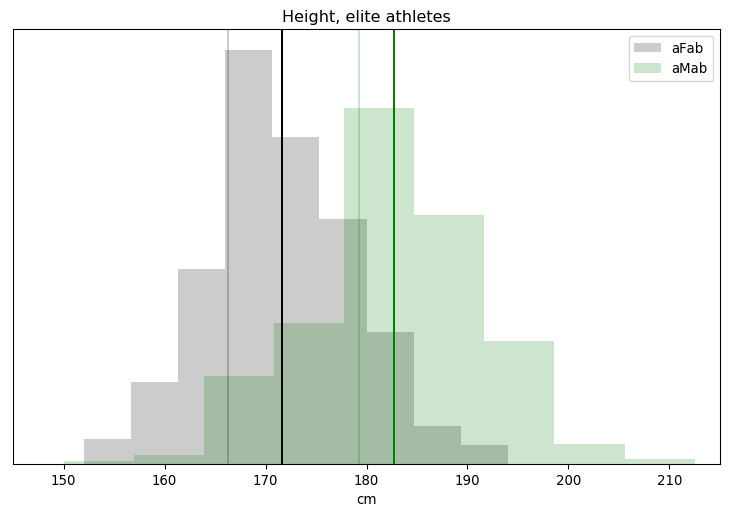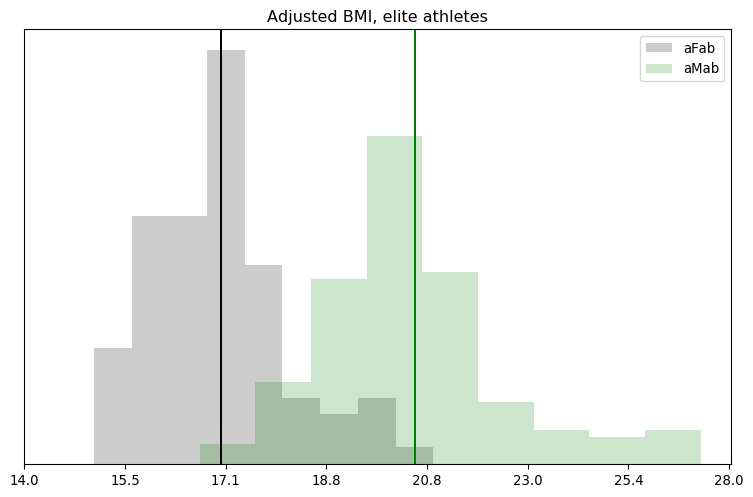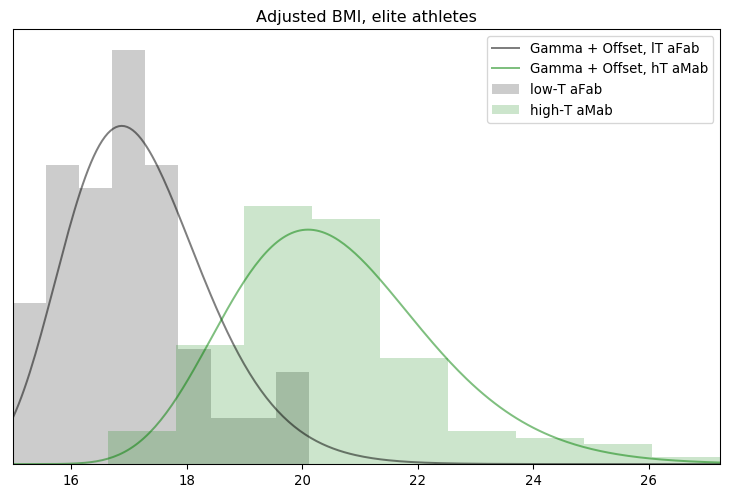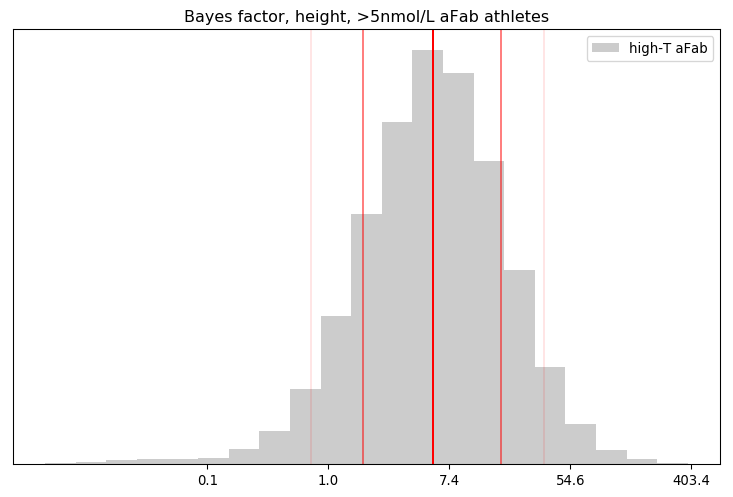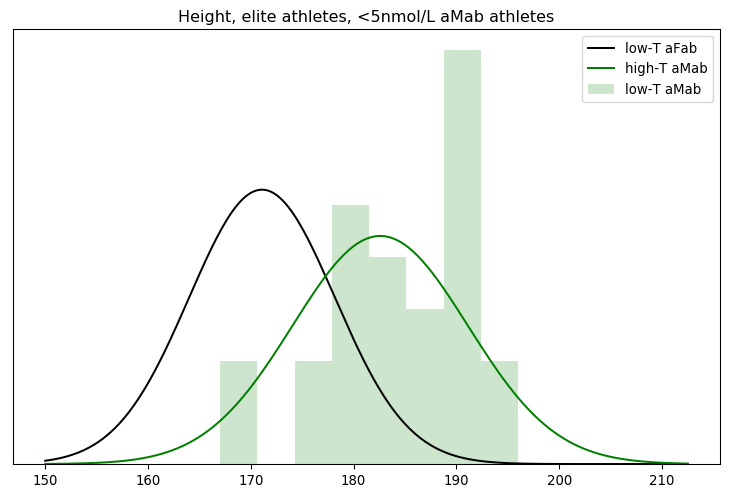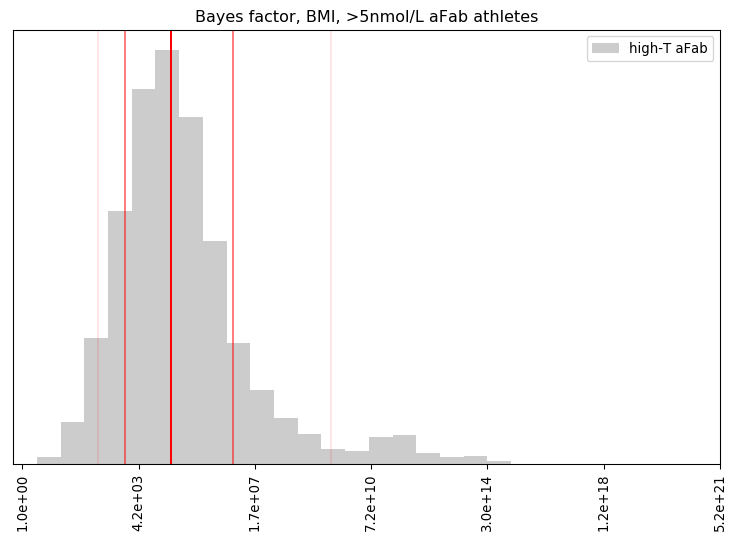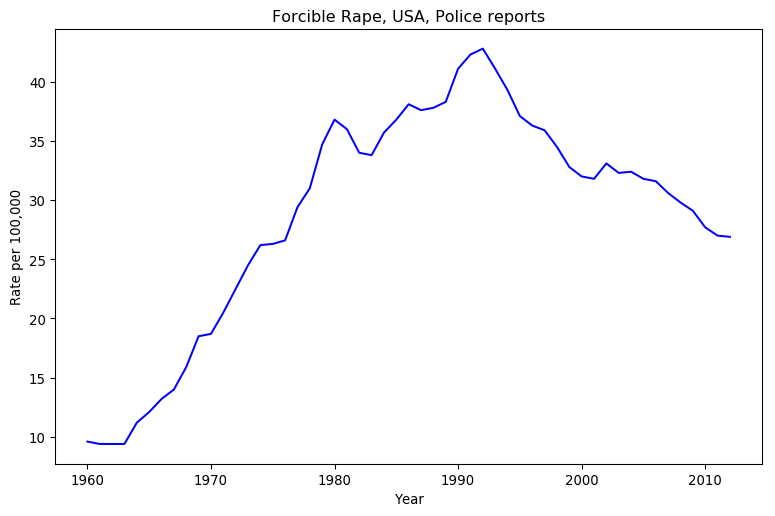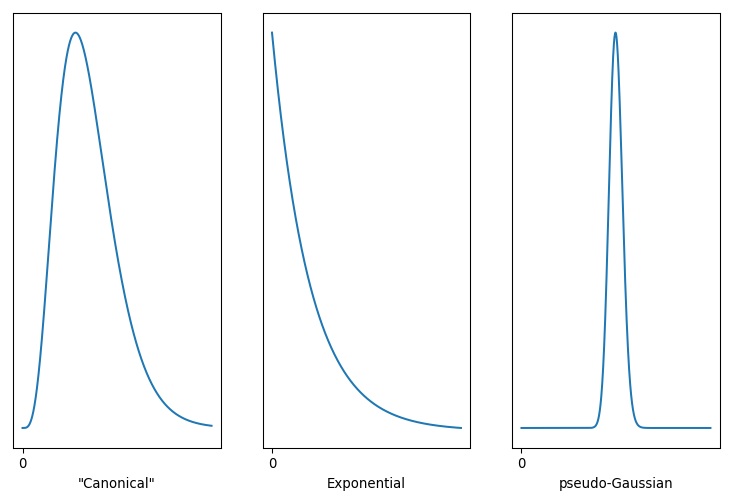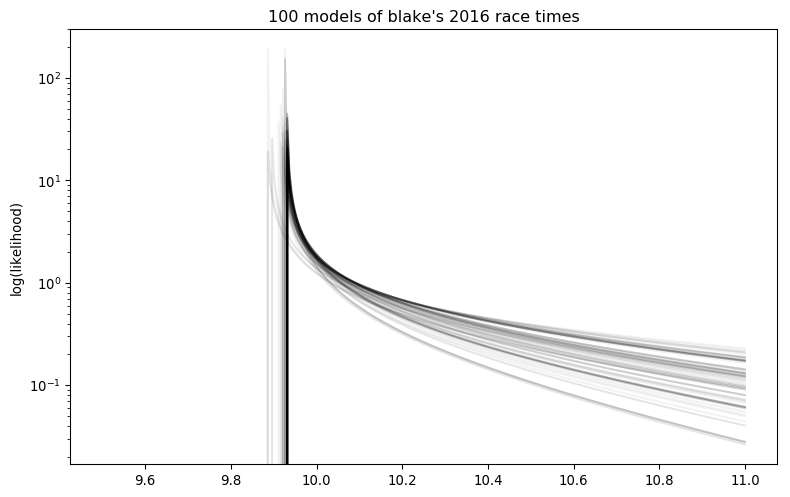Abuse comes in more forms than many people realize. Take financial abuse, where someone uses economic leverage to control you, or reproductive coercion, or this behaviour.
Gaslighting is a form of emotional abuse where the abuser intentionally manipulates the physical environment or mental state of the abusee, and then deflects responsibility by provoking the abusee to think that the changes reside in their imagination, thus constituting a weakened perception of reality (Akhtar, 2009; Barton & Whitehead, 1969; Dorpat, 1996; Smith & Sinanan, 1972). By repeatedly and convincingly offering explanations that depict the victim as unstable, the abuser can control the victim’s perception of reality while maintaining a position of truth-holder and authority.
Roberts, Tuesda, and Dorinda J. Carter Andrews. “A Critical Race Analysis of the Gaslighting against African American Teachers.” Contesting the Myth of a” Post Racial Era”: The Continued Significance of Race in US Education, 2013, 69–94.
A small but growing amount of the scientific literature considers gaslighting a form of abuse. It’s also worth knowing about a close cousin of gaslighting known as “DARVO.”
DARVO refers to a reaction perpetrators of wrong doing, particularly sexual offenders, may display in response to being held accountable for their behavior. DARVO stands for “Deny, Attack, and Reverse Victim and Offender.” The perpetrator or offender may Deny the behavior, Attack the individual doing the confronting, and Reverse the roles of Victim and Offender such that the perpetrator assumes the victim role and turns the true victim — or the whistle blower — into an alleged offender. This occurs, for instance, when an actually guilty perpetrator assumes the role of “falsely accused” and attacks the accuser’s credibility and blames the accuser of being the perpetrator of a false accusation. […]
In a 2017 peer-reviewed open-access research study, Perpetrator Responses to Victim Confrontation: DARVO and Victim Self-Blame, Harsey, Zurbriggen, & Freyd reported that: “(1) DARVO was commonly used by individuals who were confronted; (2) women were more likely to be exposed to DARVO than men during confrontations; (3) the three components of DARVO were positively correlated, supporting the theoretical construction of DARVO; and (4) higher levels of exposure to DARVO during a confrontation were associated with increased perceptions of self-blame among the confronters. These results provide evidence for the existence of DARVO as a perpetrator strategy and establish a relationship between DARVO exposure and feelings of self-blame.
If DARVO seems vaguely familiar, that’s because it’s a popular tactic in the far-Right. Brett Kavanaugh used it during his Congressional hearing, this YouTuber encountered it quite a bit among the Proud Boys, and even RationalWiki’s explanation of it invokes the Christian far-Right. DARVO may be common among sexual abusers, but it’s important to stress that it’s not exclusive to them. It’s best to think of this solely as an abusive tactic to evade scrutiny, without that extra baggage. [Read more…]



